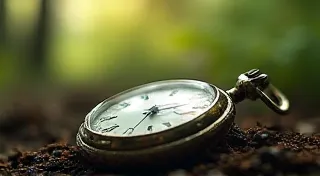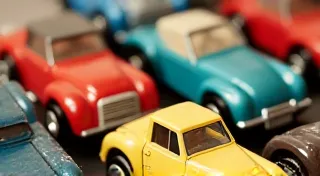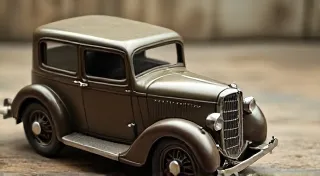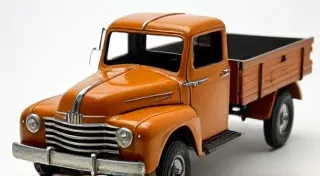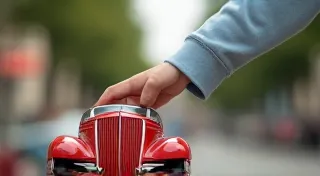The History of Cast Iron Toy Cars: A Detailed Look
The world of antique toy collecting is vast and varied, but few categories hold the charm and historical significance of cast iron toy cars. These miniature masterpieces represent a pivotal era in toy manufacturing and offer a fascinating glimpse into the ingenuity and artistry of the late 19th and early 20th centuries. This article will explore the history of cast iron toy cars, from their humble beginnings to the golden age of production and beyond, providing a detailed look for both seasoned collectors and those just beginning their journey into this rewarding hobby.
The Dawn of a Miniature Industry: Early Manufacturing (1850s-1880s)
The story of cast iron toy cars begins with the broader history of toy manufacturing. Prior to the mid-19th century, toys were primarily handcrafted – expensive and inaccessible to most families. The Industrial Revolution, with its advancements in machinery and mass production techniques, changed everything. The advent of affordable cast iron became a game-changer. Cast iron was relatively inexpensive, easy to work with, and could be molded into intricate shapes.
Early manufacturers experimented with various materials, including wood and papier-mâché. However, cast iron’s durability and ability to capture detail quickly made it the preferred choice for toy production. Initially, these "cars" were not cars as we understand them today. They were more akin to horse-drawn carriages or stagecoaches, reflecting the primary modes of transportation of the time.
The earliest cast iron toys were generally quite crude, lacking the refinement and detail that would later characterize the industry's peak. Production was slow and labor-intensive, relying heavily on skilled artisans who manually poured molten iron into molds.
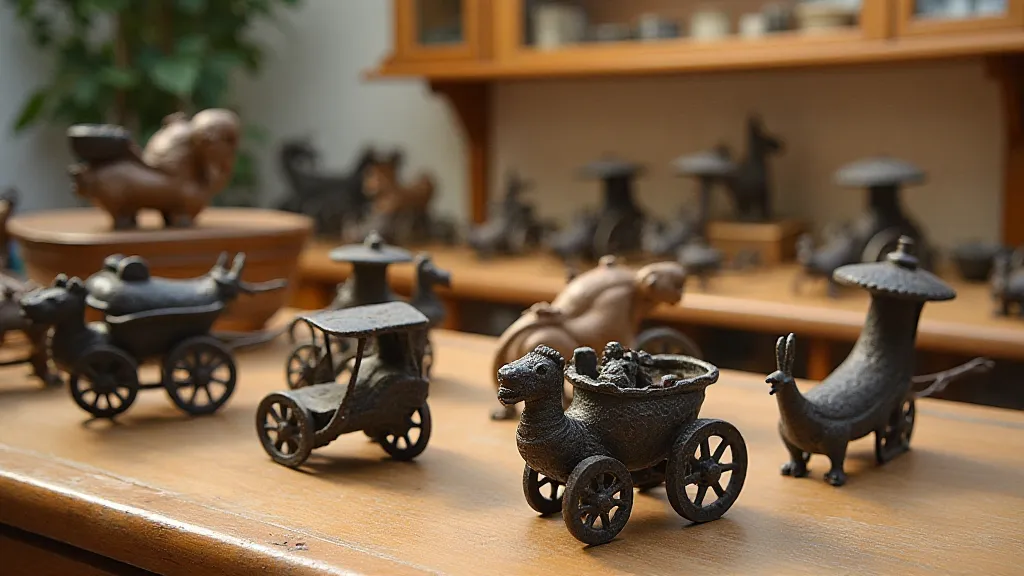
The Rise of Automotive Toy Cars (1890s-1910s): Capturing a New Era
The late 1890s and early 1900s witnessed a monumental shift: the burgeoning automobile industry. As real-life automobiles began to appear on roads around the world, toy manufacturers recognized the commercial potential of creating miniature versions. This period marked the true birth of the cast iron toy car as we know it.
The transition from horse-drawn carriages to automobiles wasn't instantaneous. Early automobile toys often combined elements of both – incorporating horse-drawn features alongside emerging automotive designs. As automotive technology evolved – the introduction of steam-powered, electric, and gasoline-powered vehicles – toy manufacturers diligently replicated these innovations in miniature.
This era saw the rise of iconic toy car models, including steam racers, electric roadsters, and early gasoline-powered cars. The meticulous detail with which manufacturers captured the essence of these real-life vehicles is remarkable, demonstrating a keen understanding of design and engineering. The evolving landscape of automobile design meant manufacturers needed constant innovation to reflect the newest trends and technologies. For those deeply interested in tracing the visual evolution of these miniature marvels, a closer look at the cartographer’s dream of mapping toy car design is well worth exploring.
Key Manufacturers: Titans of the Toy Industry
Several companies rose to prominence during the golden age of cast iron toy cars. Their names are synonymous with quality, innovation, and historical significance. Here are a few of the most important:
- Hubley Manufacturing Company: One of the largest and most prolific manufacturers, Hubley produced a vast range of cast iron toys, including numerous car models, known for their robust construction and intricate detailing.
- J.K. Faulconer Manufacturing Company: Known for their high-quality and often unique designs, Faulconer cars are highly sought after by collectors. They frequently featured complex mechanisms and distinctive styling.
- Kent Toy Company: Known for their colorful and often whimsical designs, Kent toys brought a sense of fun and excitement to the toy market.
- Whitman Toy Company: While known for a wide variety of toys, Whitman also produced a significant number of cast iron car models, often featuring attractive paint jobs and detailed interiors.
- Mercantile Novelty Company: A smaller but significant producer, Mercantile Novelty cars often featured intricate detailing and unique design elements.
These companies, and many others, employed hundreds of skilled workers – mold makers, casters, painters, and detailers – all contributing to the creation of these miniature treasures. The competitive nature of the industry meant each manufacturer strived for excellence, which helped fuel constant refinement of designs and manufacturing processes. Many toy collectors are keenly interested in the history of these pioneering companies. Further research into famous manufacturers of vintage toy cars provides a deeper appreciation for the individuals and organizations behind these cherished collectibles.
The Golden Age (1905-1930): Innovation and Artistry
The period between 1905 and 1930 is widely considered the "golden age" of cast iron toy cars. During this time, manufacturers reached the peak of their craft, producing highly detailed and innovative models. Competition among manufacturers was fierce, driving innovation in design, construction, and paint techniques.
This era saw the introduction of features such as wind-up mechanisms, working steering, and even rudimentary suspension systems. Paint jobs became more sophisticated, with multiple layers of vibrant colors and intricate detailing. The artistry involved in creating these toys was truly remarkable. The ability to accurately capture the nuances of real-life vehicles, while incorporating play value, was a testament to the skill of the craftsmen.
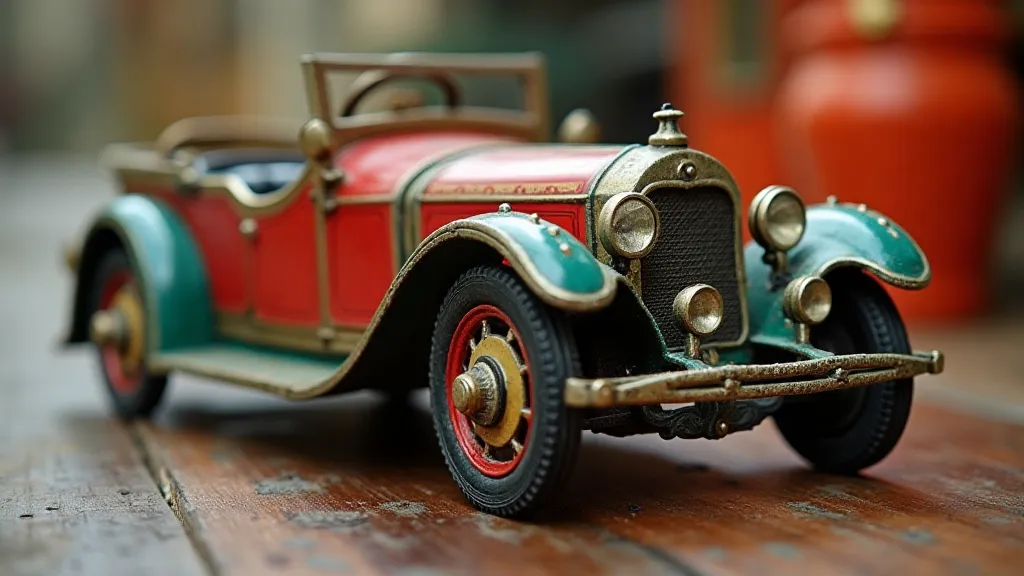
Decline and Legacy (1930s-Present)
The Great Depression of the 1930s dealt a severe blow to the toy industry. Demand for luxury goods like cast iron toys plummeted, forcing many manufacturers to scale back production or close their doors entirely. The rise of cheaper, mass-produced toys made from materials like pressed steel further contributed to the decline of cast iron toys.
World War II further disrupted manufacturing, diverting resources away from toy production. While some cast iron toy production resumed after the war, it never regained its former prominence. The focus shifted to more affordable and readily available alternatives. Maintaining the condition of these vintage toys requires specific knowledge and techniques. For more detailed guidance, exploring storage and preservation tips for vintage toy cars can prove invaluable.
Today, cast iron toy cars are highly prized by collectors worldwide. They represent a tangible link to a bygone era – a time of craftsmanship, ingenuity, and a genuine love for play. Their historical significance and artistic merit ensure their continued appreciation and value for generations to come.
The surviving examples offer a fascinating window into the technological advancements and cultural trends of the early 20th century. Collecting these miniature marvels is not just about acquiring objects; it’s about preserving a piece of history.
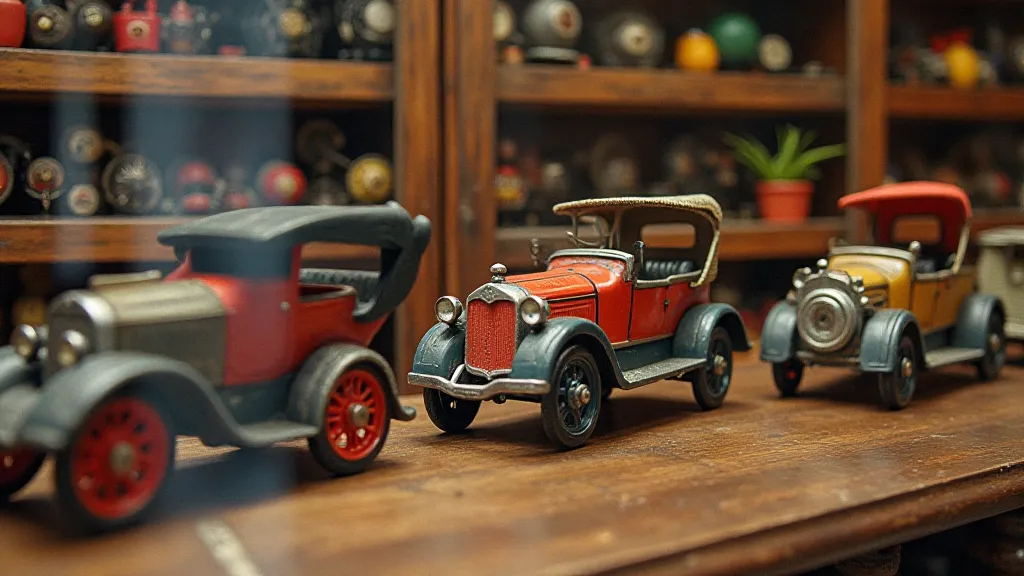
Preserving the Past: Caring for Your Collection
For those fortunate enough to own cast iron toy cars, proper care and preservation are essential to maintaining their value and historical integrity. This includes protecting them from moisture, extreme temperatures, and direct sunlight. Regular dusting and occasional lubrication of moving parts can also help to extend their lifespan. Understanding the history and construction of these toys allows collectors to make informed decisions about their care and maintenance. Examining the intricacies of early toy design is an ongoing journey of discovery, rewarding those who delve deeper into the subject. Consider further enriching your understanding with an exploration of dinky toys: a collector's dream – a related area of collectible toys with a rich history.
The legacy of cast iron toy cars extends beyond their aesthetic appeal; they represent a testament to the ingenuity and artistry of a bygone era. Their enduring popularity among collectors speaks to their timeless charm and historical significance, ensuring that these miniature masterpieces will continue to captivate and inspire for generations to come.
